Rhinoplasty: What You Need to Know About Nose Aesthetic Surgery
- 24 Aug 2023
- 0 Comments
What is Rhinoplasty? An Overview of Nose Aesthetic Surgery
Rhinoplasty, also known as a nose job, is a popular cosmetic surgical procedure used to enhance the aesthetic appearance of the nose. This procedure can involve altering the shape and size of the nose or correcting breathing problems. This surgery, preferred for both aesthetic and functional reasons, can help many individuals boost their self-confidence and improve their quality of life.
Suitable Candidates for Rhinoplasty: Who are the Ideal Candidates for Aesthetic Transformation?
When considering the rhinoplasty procedure, it's important for candidates to meet specific criteria. Firstly, they should be physically healthy and have completed their full growth process. Additionally, individuals should have realistic expectations and the maturity to adapt to surgical outcomes. The nose is one of the most prominent features of our face, and any changes to it should be carefully considered in relation to facial harmony, with realistic expectations in mind. Any individual who is over 18 years old, meets the mentioned criteria, and has realistic expectations can consider rhinoplasty as part of their desired aesthetic transformation journey by maintaining good communication with their expert doctor.
Steps of the Rhinoplasty Process: Milestones of the Aesthetic Journey
Consultation: Prior to deciding on a rhinoplasty operation, it's crucial to consult with a plastic surgeon. The surgeon will listen to the individual's desires, assess the nose's structure, and provide information about potential outcomes.
Surgical Planning: The surgeon creates a surgical plan based on the individual's facial structure and desires. Details such as the shape, size, bridge, and tip of the nose are examined. During this stage, the client should share all their expectations with the surgeon and make realistic decisions about the expected results.
Surgical Procedure: Rhinoplasty is typically performed under general anesthesia. It can be done using two different methods: open and closed rhinoplasty. In the open method, the surgeon carefully lifts the skin and tissues on the nose to access cartilage and bone structures if necessary. The closed rhinoplasty procedure involves making small incisions inside the nostrils to access the necessary areas.
Recovery Period: Swelling, bruising, and mild discomfort are normal after the surgical procedure. While the recovery period may vary from person to person, generally, returning to social activities is possible within a few weeks.
Post-Rhinoplasty Care: What to Consider After Rhinoplasty
After rhinoplasty, it's important to follow the doctor's recommendations. Remember that the nose is sensitive during this period, and if possible, avoid wearing glasses. Additionally, make an effort to keep your head elevated to reduce swelling.
Risks of the Rhinoplasty Procedure
Like any surgical procedure, rhinoplasty carries some risks. Risks to consider include infection, bleeding, anesthesia reactions, and undesired surgical outcomes.













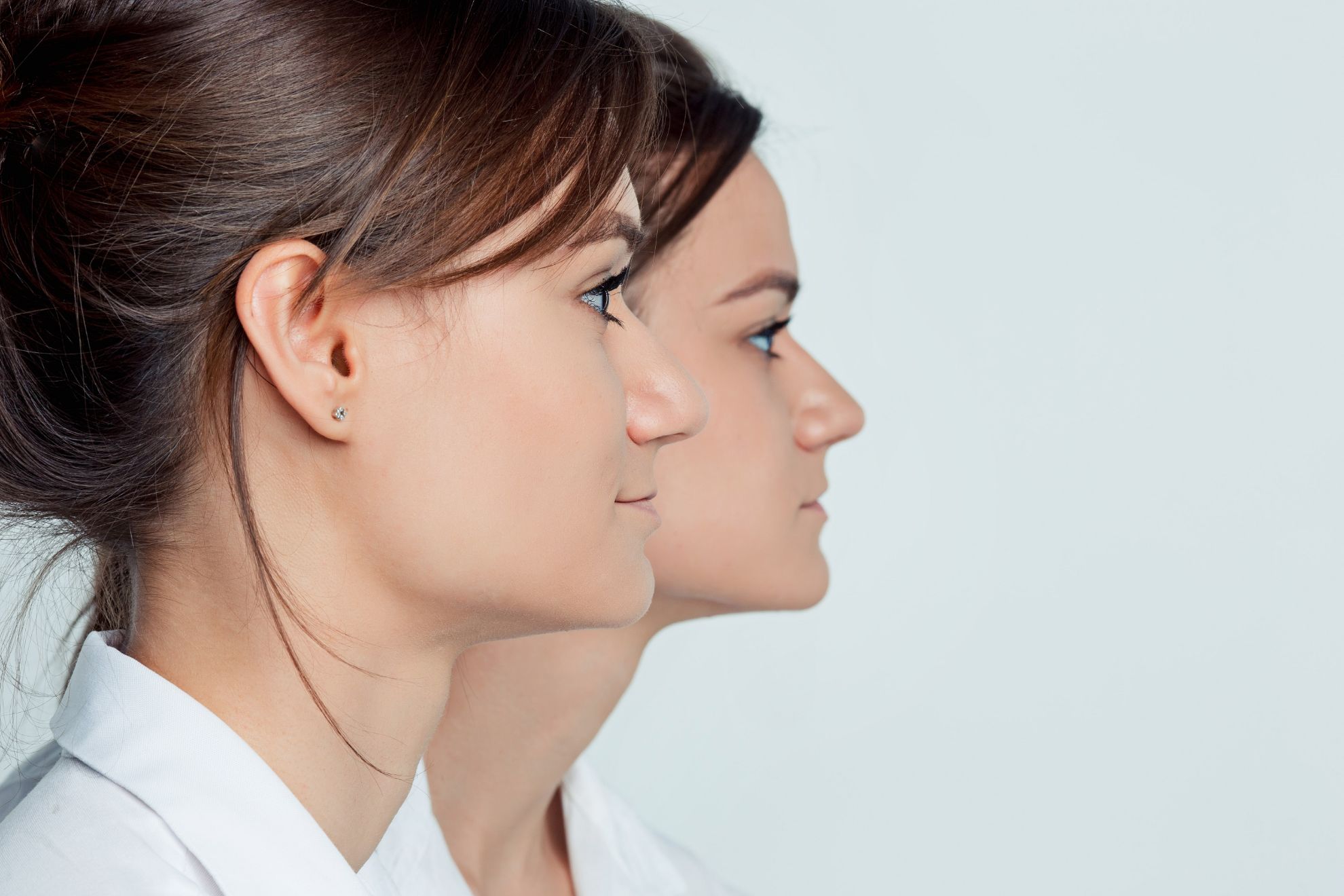
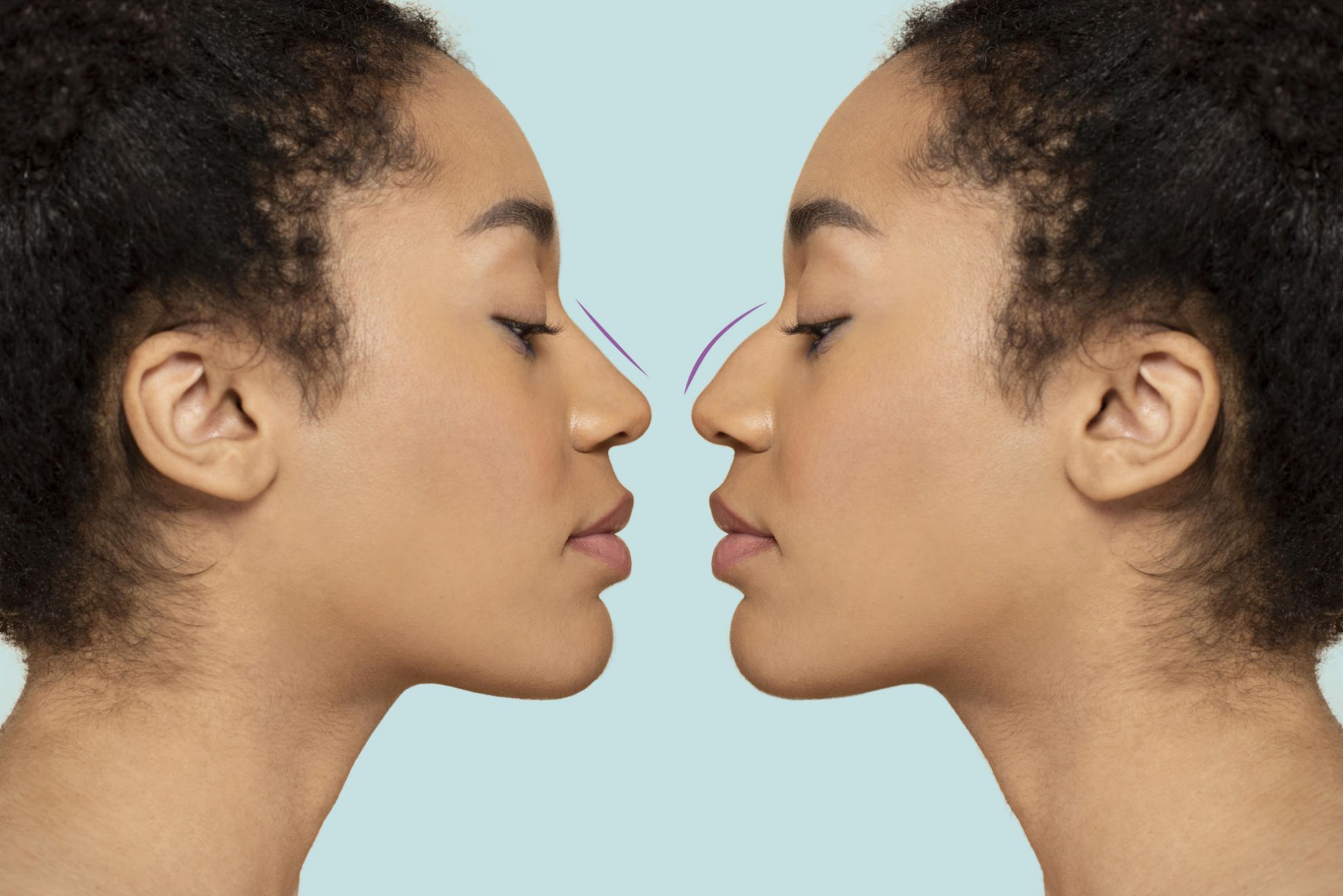




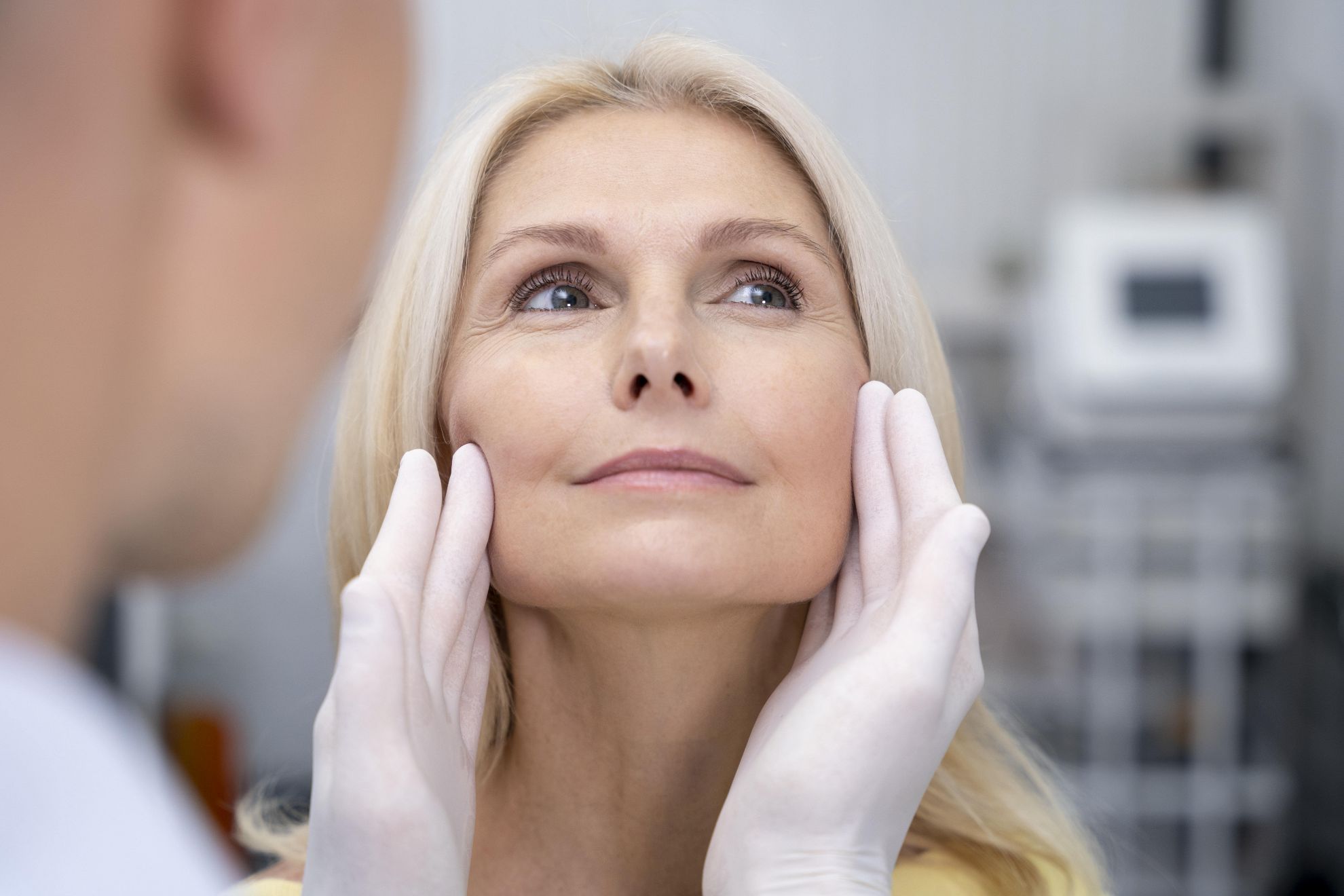

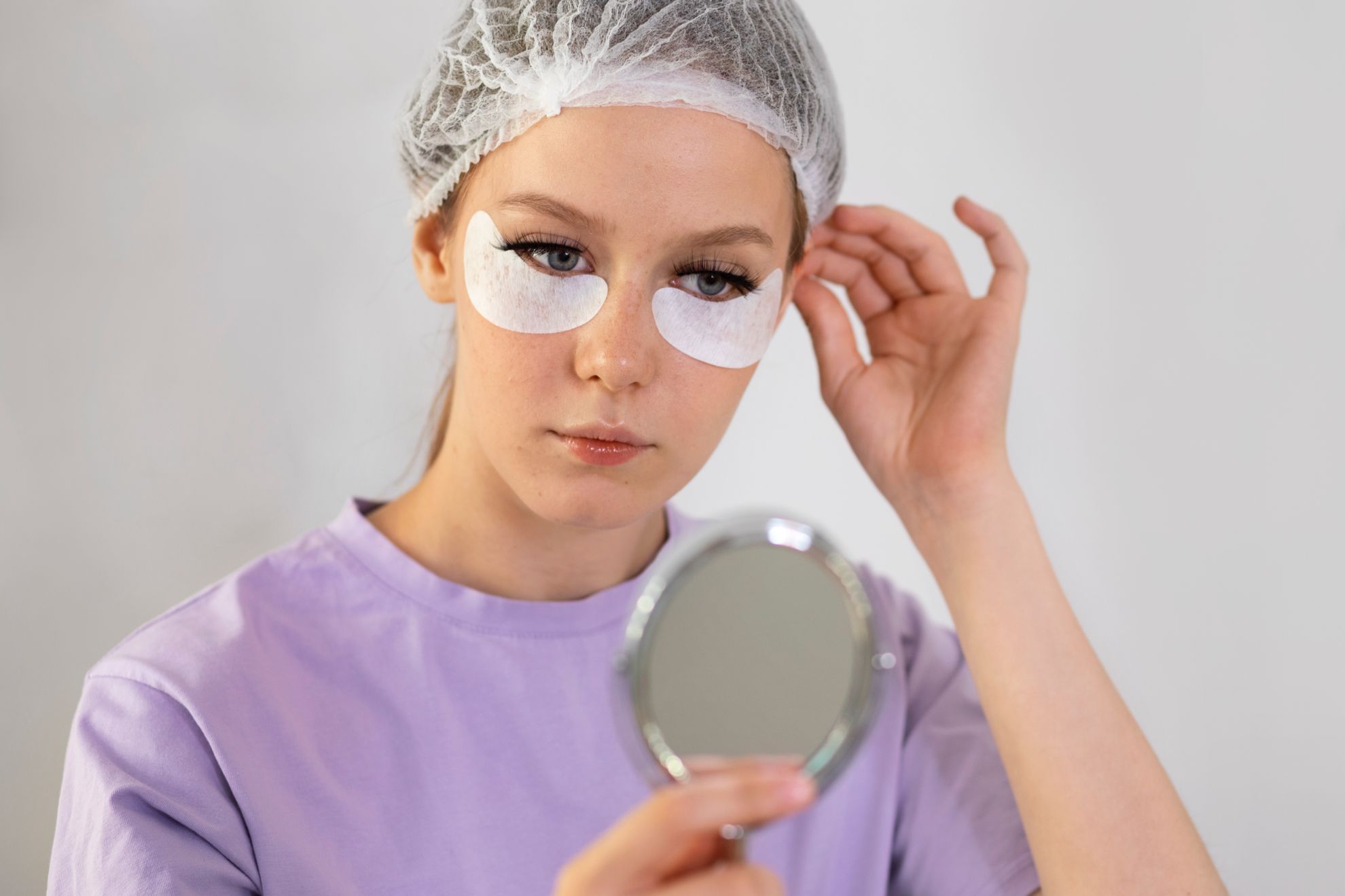
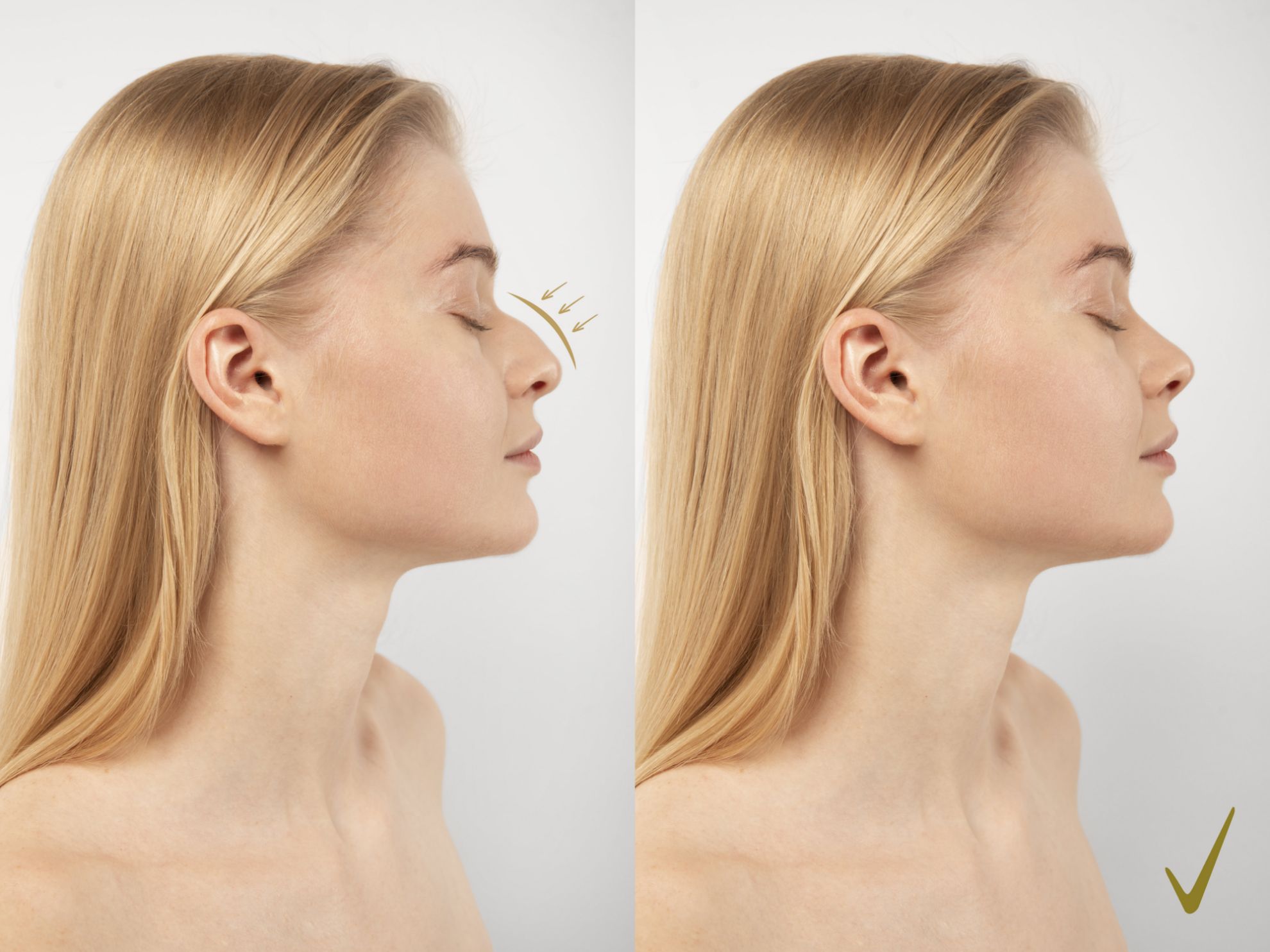











Leave Comment